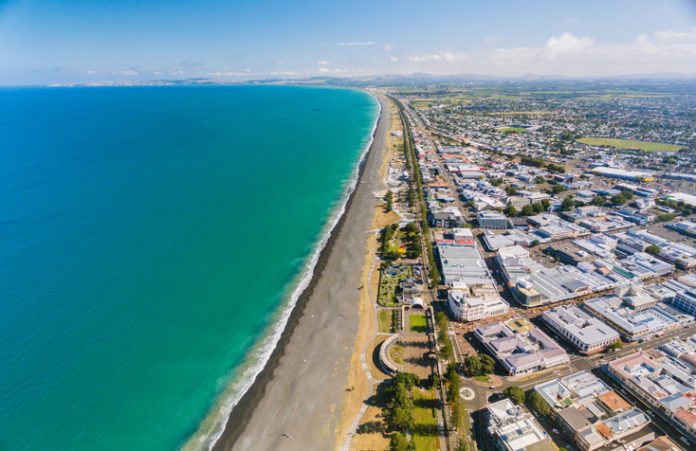A Government investment in six community and iwi-led projects across the Hawke’s Bay district will provide nature-based jobs for more than 60 locals, Conservation Minister, Kiri Allan said today.
“Combined, these projects are contributing to a really ambitious conservation effort across the region, while at the same time up-skilling and offering meaningful work to locals affected by the economic impact of COVID-19,” she said.
“They all have a strong focus on landscape-scale rehabilitation of unique and valuable ecosystems.”
This includes predator control, fencing and ongoing restoration at some well-loved and nationally significant sites, including Auhiriri Estuary, a refuge for more than 70 species of resident and migratory birds, including the kuaka/godwit, and Balls Clearing Scenic Reserve – known for its stand of native podcarps and home to a colony of long-tailed bats.
“Several of the initiatives are iwi-led, creating new opportunities for them to build knowledge and skills while working towards shared conservation goals,” the Minister said.
“There’s one in particular that I’m really excited about, which prioritises wahine with school-aged children and offers some fantastic cultural and educational opportunities alongside the practical field work.
“Hawke’s Bay is already a leader in landscape-scale projects. The cumulative effect of this latest investment – $10,542,000 through our Jobs for Nature programme – will make a measurable and lasting difference in the region, protecting our most important natural resources for everyone to enjoy.”
The projects are funded for one to three years.
- Mauri Oho, led by Manaaki Ruahine Trust, has received $2.506 million and is estimated to employ 12 people over three years. This species recovery project focuses on landscape scale trapping for rats and mustelids, and riparian recovery on Māori Trust land, and public conservation land in the Northern Ruahine Range, and neighbouring farmland. It will improve biodiversity in these areas, protecting some key taonga such as whio and kiwi.
- Te Ngāhere, led by Te Ngahere Ltd, has received $2.04 million and is estimated to employ nine people over three years. Pest control, trapping, fencing and planting are the key focus areas for this project across a number of key locations including Cape Sanctuary, Kaweka Forest Park, Balls Clearing Reserve and various waterways.
- Kia eke Te Ngarue, Kia eke Arapawanui, led by Maungaharuru-Tangitū Charitable Trust, has received $1.896 million and is estimated to employ eight people over three years. The project aims to restore two awa, Te Ngarue and Arapawanui, and build capacity within the hapū to manage their landscape scale restoration projects.
- Kaitiaki Taiao, led by Ngāti Pāhauwera Development Trust, has received $1.64 million and is estimated to employ 7 people over three years. This collaborative ecological restoration project works with marae, iwi members, land trusts, government and research agencies to focus on riparian management, native planting, kaka beak protection, and waterway, lake and wetland protection between Te Hauke and Waihua.
Te Whanganui ā Orotu, led by Te Taiwhenua o Te Whanganui a Orotu, has received $1.47 million and is estimated to employ eight people – with a focus on wahine who have school-aged children – over three years. Restoration through pest and weed control of the 470ha Ahuriri Estuary, a local site of significance, will provide habitat protection for threatened native birds. - Ka Hikitia, led by Te Wai Mauri Limited, has received $990,000 and is estimated to employ 15 people over one year. Te Wai Mauri Limited has been established to upskill unemployed whānau members to become Kaitiaki Rangers to undertake conservation activities within their community. Work will include planting, wetland restoration, maintaining tracks, weed control and pest control.



